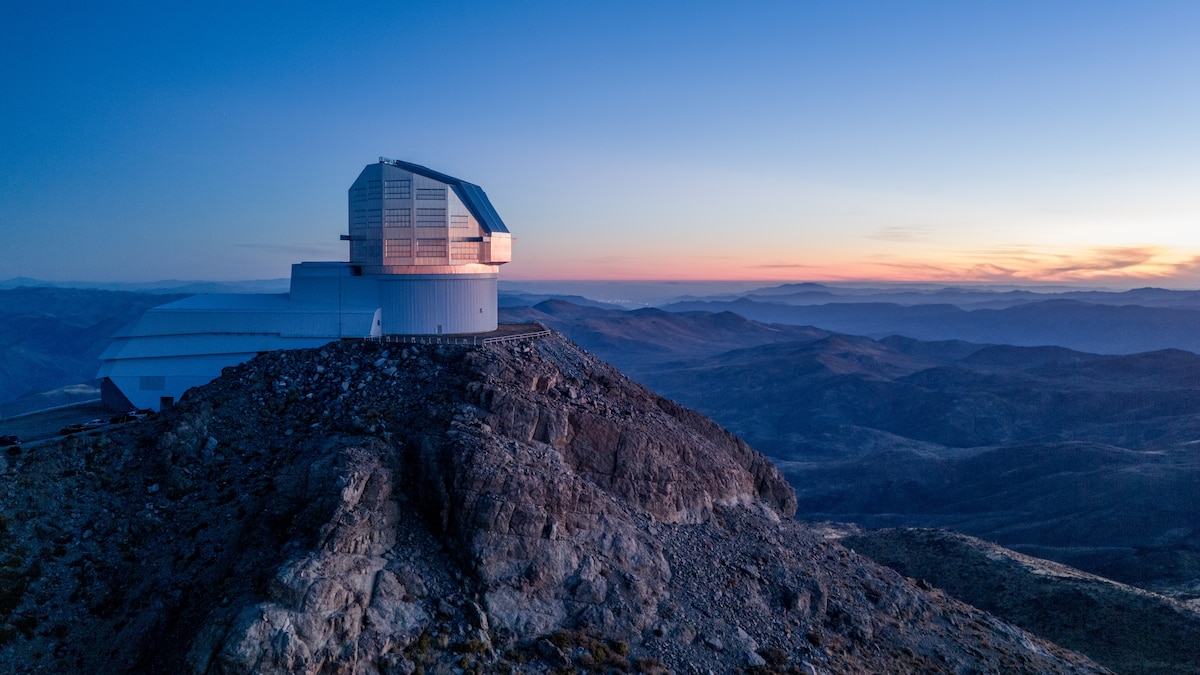Now Reading: What fracking is doing to the Earth—and to our bodies
-
01
What fracking is doing to the Earth—and to our bodies
What fracking is doing to the Earth—and to our bodies

What is fracking? You may have heard about the effects this oil and gas extraction technique have on the environment, but its impacts extend far beyond that.
Between 2007 and 2016, oil production in the United States increased 75 percent, while natural gas production increased 39 percent, thanks to a massive increase in fracking. While the industry is booming, many climate scientists and communities have spoken out against the process. But what exactly is fracking and why is it so controversial?
Here is everything you need to know about fracking and its impacts.
What is fracking?
Hydraulic fracturing, or fracking, is a technique to extract fossil fuels—primarily methane, the principal component of natural gas—from underground rock layers. As well as being commonly used to heat homes, natural gas is also used to generate steam for industrial processes and is the source of 25 percent of the nation’s electricity.
Methane lies in small pockets within layers of shale rock that formed from ancient seabeds. To reach it requires drilling a hole approximately a mile deep. Once oil and natural gas companies reach the shale layer, the drill then turns horizontally, to encounter as much of the shale as possible.
After engineers drill the hole, also known as a wellbore, they line it with a steel casing to stabilize it and then use a “perforating gun” to puncture tiny holes in the well wall. Then a mixture of water and sand, is injected into the well at very high pressure, blasting through the tiny holes. The water breaks open fissures in the rock, and the sand holds those fissures open. The pressure of the shale then forces the pockets of oil and gas back up to the surface.
So what are the environmental issues with this process? For one, a single well can use between 1.5 and 16 million gallons of water. Additionally, the mixture of water and sand blasted into the well also contains chemicals that prevent corrosion in the drilling equipment and reduce friction. The water and chemicals flow back up the well; the water is either treated and then discharged into streams, reused in further fracking operations, or pumped into deep disposal wells.
(How has fracking changed our future?)

Photograph by Cristian Martin, Getty Images
The growth of fracking
Hydraulic fracturing was invented in 1947 and rolled out to the commercial market in 1949. Investments and technical developments led to a fracking boom as well as significant growth in U S. oil and gas production in the early 21st century.
Advocates of fracking hold it up as a step forward in reducing global warming because when natural gas burns, it emits only about half as many greenhouse gases as coal. In his 2014 State of the Union speech, former President Barack Obama asserted that, “If extracted safely, [natural gas] is the ‘bridge fuel’ that can power our economy with less of the carbon pollution that causes climate change.”
The Independent Petroleum Association of America says that fracking “has created millions of American jobs, reduced energy prices, brought cleaner air…strengthened our national security, and transformed the United States into a global energy superpower.” However, some media reports have suggested that the industry’s claims of job creation have been inflated and that an initial boom in employment was followed by a significant loss as cheaper oil and gas prices—ironically partly fueled by the fracking boom—caused the industry to cut back.
“We know, for example, that in the Front Range of Colorado, the amount of smog produced by oil and gas drilling now exceeds the amount of smog from vehicles, so it’s the number one source of smog,” says Sandra Steingraber, senior scientist with the Science and Environmental Health Network and co-founder of Concerned Health Professionals of New York.
(Fracking boom tied to methane spike in Earth’s atmosphere.)
You May Also Like
Since fracking occurs in rural areas, it brings what Steingraber likes to call, “urban style smog.”
She said that one particularly notable source of air pollutants from fracking is compressor stations, which help push the gas along pipelines. These compression stations pressurize the gas with combustion engines, but the process emits particulates and other pollutants that can impact the cardiovascular, respiratory and neurological health of people in nearby communities.
Additionally, the U.S. Environmental Protection Agency found that fracking can affect drinking water in surrounding areas. Fracking can leak hydraulic fracturing fluids into groundwater, causing water contamination. Inadequate treatment and disposal of fracking wastewater also threatens the environment and communities’ health.
- In rural Alberta, babies born to mothers living near fracking wells had increased incidence of low birth weight, premature birth, and major congenital abnormalities.
- Data gathered from more than 15 million Medicare recipients found that older citizens living near fracking sites were at higher risk for dying early than those living in areas without fracking.
- A study in Pennsylvania found a two-to-three-fold increase in leukemia among children who lived near a fracking well during early life—or while their mothers were pregnant with them.
The compendium adds that “other documented adverse health indicators…include exacerbation of asthma as well as increased rates of hospitalization, ambulance runs, emergency room visits, self-reported respiratory problems and rashes.”
“This is a public health crisis,” Steingraber says.

Fracking contaminates a homeowner’s well water with methane in Granville Summit, Pennsylvania. A 2011 study found that levels of flammable methane gas in drinking water wells increased to dangerous levels when water supplies were close to natural gas wells.
Photography by Mark Thiessen, National Geographic Image Collection
Does fracking cause earthquakes?
Fracking operations can even cause earthquakes. The primary cause is not the fracking itself, but the disposal of the fluids that are used to break up the shale, which are injected deep underground under high pressure. Studies have connected increases in earthquakes in west Texas to wastewater disposal from fracking.
According to the U.S. Geological Survey, fracking is responsible for 2 percent of earthquakes in Oklahoma, and the largest quake known to be induced by fracking was a magnitude 4.0 in Texas in 2018.
Should fracking continue?
Fracking’s advocates assert that claims of health risks and earthquakes are overwrought or “just plain false.”
Others disagree. Cornell University’s Robert Howarth—a biogeochemist who has been described as one of the world’s premier methane scientists—and professor of engineering emeritus Anthony Ingraffea said in a 2011 commentary that “shale gas isn’t clean, and shouldn’t be used as a bridge fuel,” and that the “gas should remain safely in the shale, while society uses energy more efficiently and develops renewable energy sources more aggressively.”
Those who live near fracking operations, meanwhile, must do so in the shadow of uncertainty and anxiety. As one resident interviewed for a Colorado study observed: “We’re lab rats right now. They’re learning about it as they’re going…We don’t know what the impacts are going to be 20 years down the line.”























